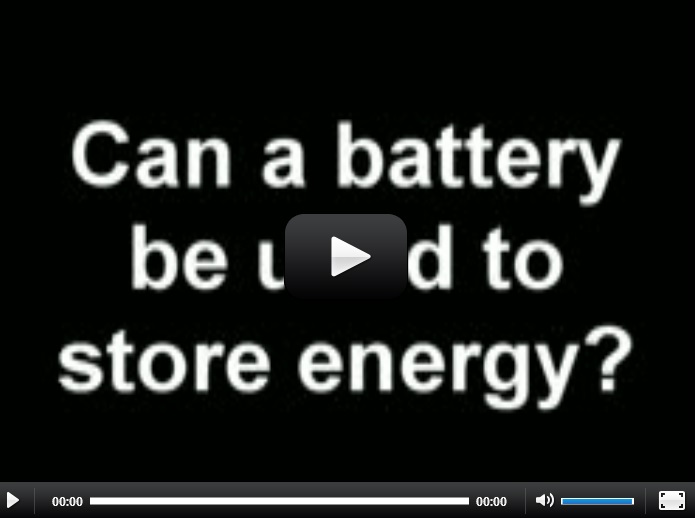Magnesium is one of the most common elements in the Earth’s crust. This alkaline earth metal is silvery white, and soft. As you perform this lab, think about why magnesium is used in emergency flares and fireworks. Farmers use it in fertilizers, pharmacists use it in laxatives and antacids, and engineers mix it with aluminum to create the BMW N52 6-cylinder magnesium engine block. Photographers used to use magnesium powder in the camera’s flash before xenon bulbs were available.
Most folks, however, equate magnesium with a burning white flame. Magnesium fires burn too hot to be extinguished using water, so most firefighters use sand or graphite.
We’re going to learn how to (safely) ignite a piece of magnesium in the first experiment, and next how to get energy from it by using it in a battery in the second experiment. Are you ready?
[am4show have=’p8;p9;p25;p52;p58;’ guest_error=’Guest error message’ user_error=’User error message’ ]
Materials:
- magnesium strip (MSDS)
- matches with adult help
- tile or concrete surface (something non-flammable)
- gloves, goggles
Burning magnesium produces ultraviolet light. This isn’t good for your eyes, and the brightness of the flame is another danger for your eyes. Avoid looking directly into the flame.
Burning magnesium is so hot that if it gets on your skin it will burn to it and not come off. As difficult as burning magnesium is to put out, avoid letting the burning metal come in contact with you or anything else that might catch fire.
As explained later in this lab, magnesium burns in carbon dioxide. Therefore, a CO2 fire extinguisher won’t work to put it out. Water won’t work, CO2 won’t work. It takes a dry chemical fire extinguisher to put it out, or just wait for it to burn up completely on its own.
Magnesium is a metal, and in this experiment, you’ll find that some metals can burn. The magnesium in this first experiment combines with the oxygen in the air to produce a highly exothermic reaction (gives off heat and light). The ash left from this experiment is magnesium oxide:
2Mg (s) + O2 (g) –> 2Mg O (s)
Not all the magnesium from this experiment turned directly into the ash on the table – some of it transformed into the smoke that escaped into the air.
Caution: Do NOT look directly at the white flame (which also contains UV), and do NOT inhale the smoke from this experiment!
Download Student Worksheet & Exercises
Here’s what’s going on in this experiment:
As you burn your magnesium, you will get your very own fireworks show….a little one, but still cool.
2Mg + O2 –> 2MgO
Magnesium burned in oxygen yields magnesium oxide. Because the temperature of burning magnesium is so high, small amounts of magnesium react with nitrogen in the air and produce magnesium nitride.
3Mg + N2 –> 2Mg3N2
Magnesium plus nitrogen yield magnesium nitride. Magnesium will also burn in a beaker of dry ice instead of in air (oxygen).
2Mg + CO2 –> 2MgO + C
Magnesium burned in carbon dioxide yields magnesium oxide and carbon (ash, charcoal, etc.)
Cleanup: Rinse off and pat dry the rest of the magnesium strip.
Storage: Place everything back in its proper place in your chemistry set.
Disposal: Dispose of all solid waste in the garbage.
Magnesium Battery
Now let’s see how to make a battery using magnesium, table salt, copper wire, and sodium hydrogen sulfate (AKA sodium bisulfate).
Materials:
- magnesium strip
- test tube and rack
- light bulb (from a flashlight)
- 2 pieces of wire
- measuring cup of water
- salt (sodium chloride)
- copper wire (no insulation, solid core)
- measuring spoon
- sodium hydrogen sulfate (NaHSO4) (MSDS) Sodium hydrogen sulfate is very toxic. Respect it, handle it carefully and responsibly. Do not take it for granted.
- gloves, goggles
NOTE: Be very careful when handling the sodium hydrogen sulfate – it’s highly corrosive and dangerous when wet. Handle this chemical only with gloves, and be sure to read over the MSDS before using.
We’re going to do another electrolysis experiment, but this time using magnesium instead of zinc. In the previous electrolysis experiment, we used electrical energy to start a chemical reaction, but this time we’re going to use chemical energy to generate electricity. Using two electrodes, magnesium and copper, we can create a voltaic cell.
TIP: Use sandpaper to scuff up the surfaces of the copper and magnesium so they are fresh and oxide-free for this experiment. And do this experiment in a DARK room.
How cool is it to generate electricity from a few strips of metal and salt water? Pretty neat! This is the way carbon-core batteries work (the super-cheap brands labeled ‘Heavy Duty’ are carbon-zinc or ‘dry cell’ batteries). However, in dry cell batteries scientists use a crumbly paste instead of a watery solution (hence the name) by mixing in additives.
In this chemical reaction, when the magnesium metal enters into the solution, it leaves 2 electrons behind and turns into a magnesium ion:
Oxidation: Mg (s) –> Mg2+(aq) + 2e–
The magnesium strip takes on a negative charge (cathode), and the copper strip takes on a positive charge (anode). The copper strip snatches up the electrons:
Reduction: Cu2+(aq) + 2e– –> Cu (s)
and you have a flow of electrons that run through the wire from surplus (cathode) to shortage (anode), which lights up the bulb.
Note: You can substitute a zinc strip or aluminum strip for the magnesium strip and a carbon rod (from a pencil) for the copper wire.
Going further: You can expand on this experiment by substituting copper sulfate and a salt bridge to make a voltaic cell from two half-cells in Experiment 16.5 of the Illustrated Guide to Home Chemistry Experiments.
[/am4show]






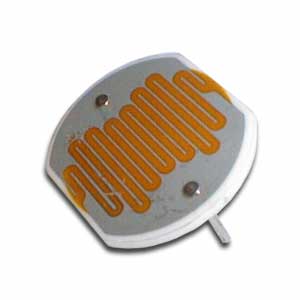
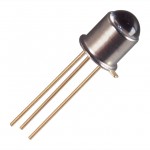
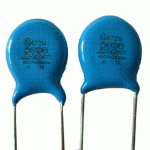
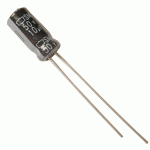

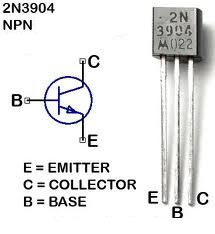
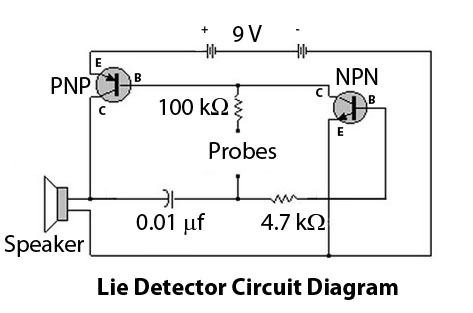
 So now you know how to hook up a
So now you know how to hook up a  One of the most useful tools a scientist can have! A
One of the most useful tools a scientist can have! A 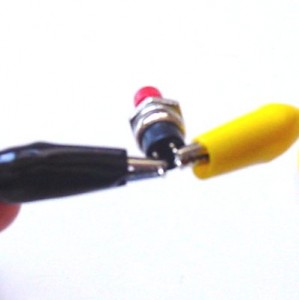 Make yourself a grab bag of fun things to test: copper pieces (nails or pipe pieces), zinc washers, pipe cleaners, Mylar, aluminum foil, pennies, nickels, keys, film canisters, paper clips, load stones (magnetic rock), other rocks, and just about anything else in the back of your desk drawer.
Make yourself a grab bag of fun things to test: copper pieces (nails or pipe pieces), zinc washers, pipe cleaners, Mylar, aluminum foil, pennies, nickels, keys, film canisters, paper clips, load stones (magnetic rock), other rocks, and just about anything else in the back of your desk drawer. It was actually one of Ben Franklin’s not-so-great moments when he arbitrarily assigned the direction of electric current the way we think about it today, which is going from the positive to the negative terminal. Electrons actually move in the opposite direction! BUT in the real world, we all think about current flowing from plus to minus (even though in reality its the opposite direction). Just file it away in your mind in case it ever comes up (which it probably won’t) that you would need to know the actual direction the electrons are moving in a circuit (which most people don’t need to know or care about).
It was actually one of Ben Franklin’s not-so-great moments when he arbitrarily assigned the direction of electric current the way we think about it today, which is going from the positive to the negative terminal. Electrons actually move in the opposite direction! BUT in the real world, we all think about current flowing from plus to minus (even though in reality its the opposite direction). Just file it away in your mind in case it ever comes up (which it probably won’t) that you would need to know the actual direction the electrons are moving in a circuit (which most people don’t need to know or care about). When you turn on a switch, it’s difficult to really see what’s going on… which is why we make our own from paperclips, brass fasteners, and index cards.
When you turn on a switch, it’s difficult to really see what’s going on… which is why we make our own from paperclips, brass fasteners, and index cards.